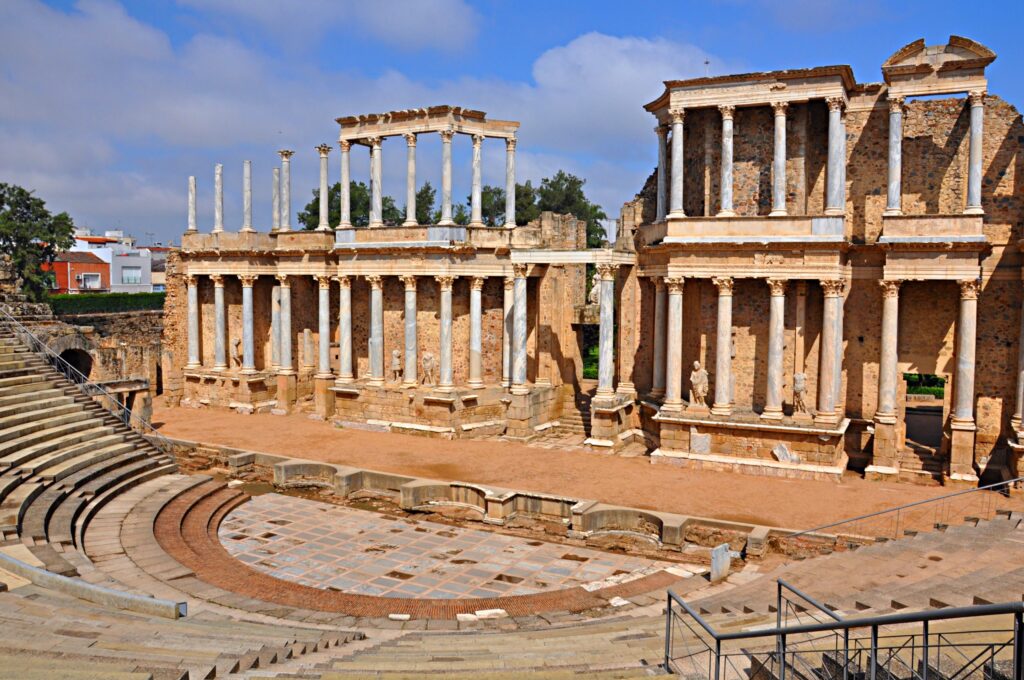Roman Theater – A Look at Its Origins and Impact
The Roman theater has been a source of entertainment since the days of the Roman Empire. This ancient form of entertainment has been around for over two thousand years, and has been preserved in many different ways. From the first open-air theaters of the Roman Republic to the grandiose stone amphitheaters of the Roman Empire, the Roman theater has had a profound impact on the development of theater and performance in the Western world. In this article, we’ll explore the origins of the Roman theater, its impact on the world today, and the various forms of Roman theater that are still popular today.
Origins of Roman Theater
The origins of the Roman theater can be traced back to the 5th century BC, when the Etruscans, an ancient people from the northern part of Italy, began to build open-air theaters. These theaters were made of wood and were used for various religious and political events, as well as theatrical performances. Eventually, the Romans adopted these theaters and began to build their own. The first stone theater, the Theatre of Pompey, was built in 55 BC. This theater was a symbol of the power and wealth of the Roman Empire, and it set the standard for all future Roman theaters.
Impact of Roman Theater
The impact of the Roman theater on the world today is significant. The Romans were the first to create an organized system for theatrical performance, and their influence can be seen in many modern theaters. Many of the conventions and techniques used in modern theater, such as the use of scenery, props, and costumes, were developed by the Romans. Additionally, the Romans established a three-tier seating system that is still in use today.
Types of Roman Theater
There are several different types of Roman theater that are still popular today. The most famous of these is the amphitheater, which was used for gladiator battles and other public spectacles. The amphitheaters of the Roman Empire are some of the most impressive structures of the ancient world, and many of them have been preserved and are still used today. The Colosseum in Rome is one of the most famous amphitheaters in the world, and it is still used for concerts and other events.
The Roman theater also includes other types of performance spaces, such as the open-air theater and the semi-circular theater. The open-air theaters were used for various types of theatrical performances, while the semi-circular theaters were used for comedy and tragedy. Both of these types of theaters are still used today in some form or another, and they have had a significant impact on the development of theater in the Western world.
Conclusion
The Roman theater has had a profound impact on the development of theater and performance in the Western world. Its origins can be traced back to the 5th century BC, when the Etruscans began to build open-air theaters. The Romans eventually adopted this form of entertainment, and the first stone theater, the Theatre of Pompey, was built in 55 BC. This theater set the standard for all future Roman theaters, and its influence can still be seen in many modern theaters. From the amphitheaters of the Roman Empire to the open-air and semi-circular theaters, the Roman theater has had a lasting impact on theater and performance in the Western world.

